OLabs
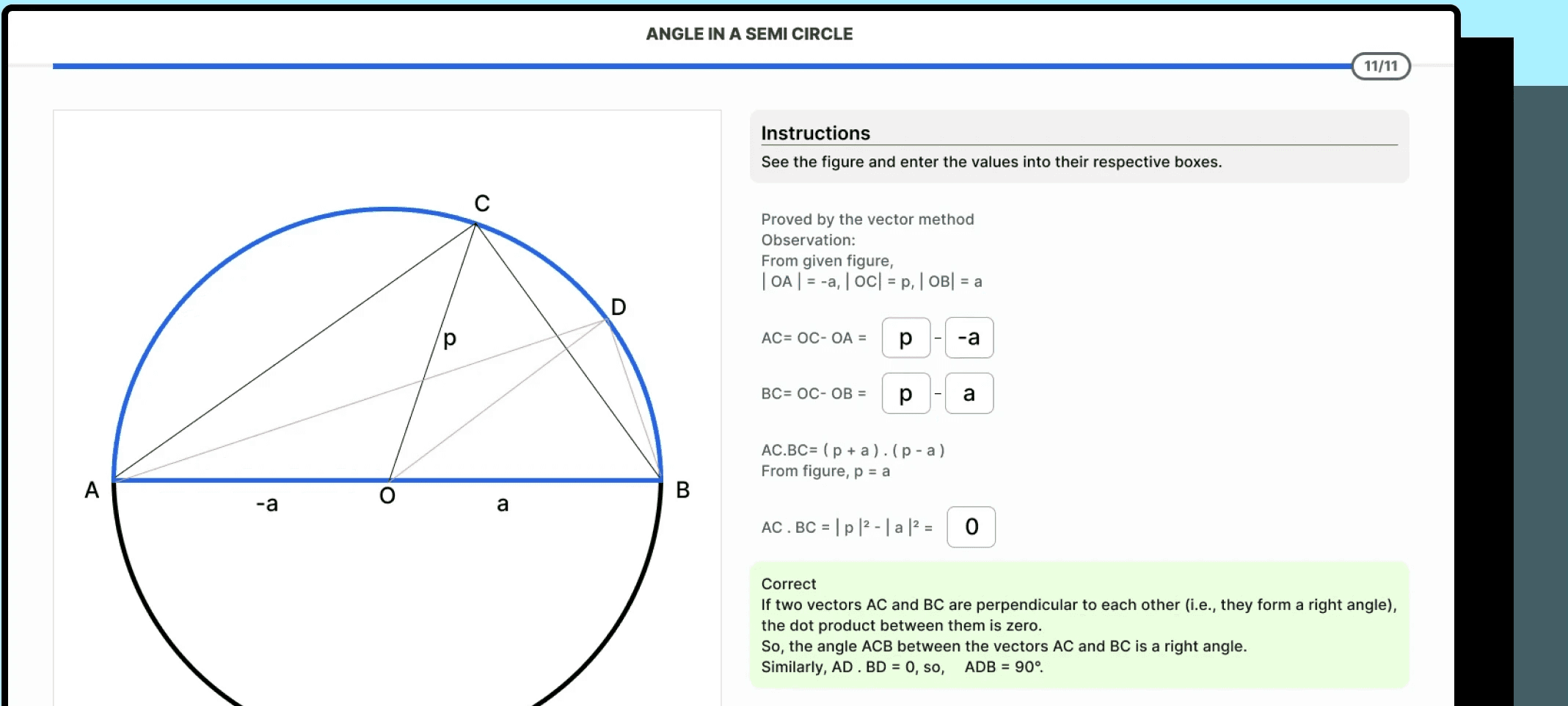

Project Type
Professional
Work
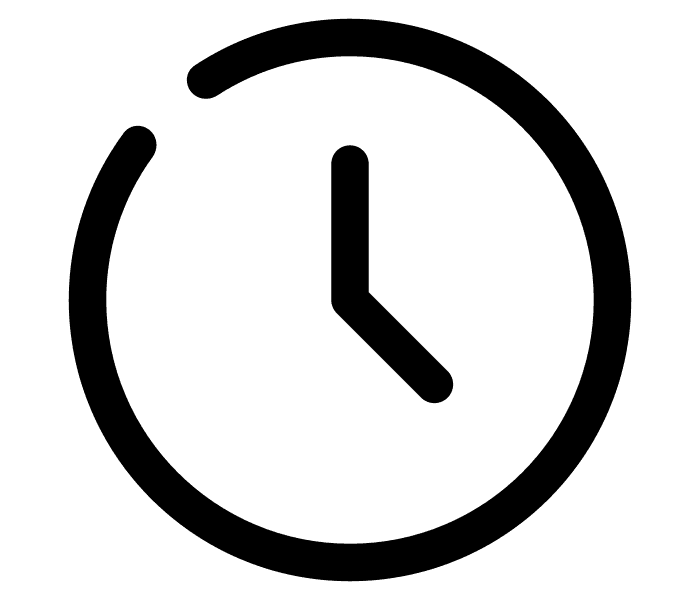
Duation
3 months
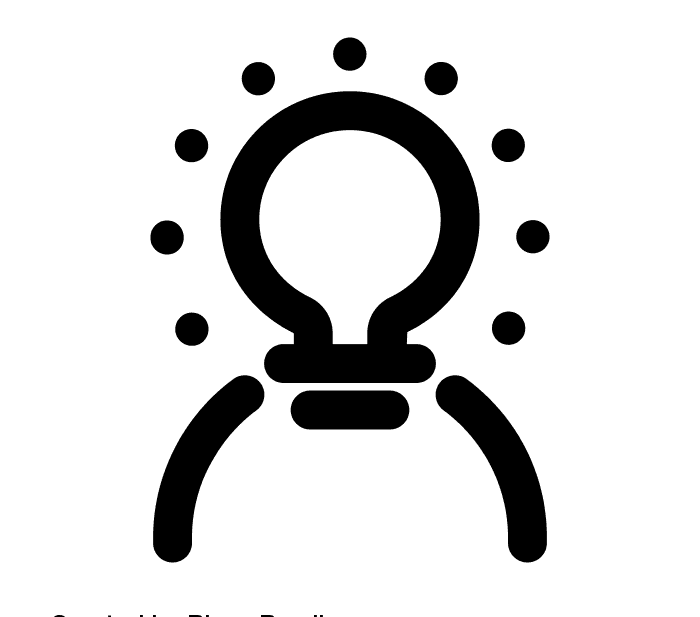
Responsibilities
Ideation, High- Fidelity Prototypes, User Research, Research Synthesis, Usability Testing, Heuristic Evaluation

Team
Vaibhav: PM, Kaustubh: Graphic Designer, Keenan(Me): Product Design & Strategy



Duration
3 months



Project Type
Professional Work



Responsibilities
Ideation, Style Guides, High- Fidelity Prototypes, User Research, Research Synthesis, Usability Testing, Heuristic Evaluation
Ideation, Style Guides, High- Fidelity Prototypes, User Research, Usability Testing, Heuristic Evaluation



Team
Keenan(Me): Product Design & Strategy, Vaibhav: PM, Kaustubh: Graphic Designer, Shaam, Jayesh, Mrunal: Engineers
Keenan(Me): Vaibhav: PM, Kaustubh: Graphic Designer, Product Design & Strategy
Disclaimer: To comply with my non-disclosure agreement, I have omitted and obfuscated confidential information in this case study. All information in this case study is my own and does not necessarily reflect the views of C-DAC.
ABOUT OLABS
Virtual laboratory experiments and interactive learning experiences for students lacking access to costly equipment
Olabs is an education technology platform. It's goal is to empower students in low-resource communities to compete on par with their counterparts in well-equipped schools. Olabs was developed as an initiative of the Ministry of Electronics & IT, Government of India and currently serves over 450k students.
ABOUT OLABS
Virtual laboratory experiments and interactive learning experiences for students lacking access to costly equipment
Olabs is an education technology platform. It's goal is to empower students in low-resource communities to compete on par with their counterparts in well-equipped schools. Olabs was developed as an initiative of the Ministry of Electronics & IT, Government of India and currently serves over 450k students.
ABOUT OLABS
Virtual laboratory experiments and interactive learning experiences for students lacking access to costly equipment
Olabs is an education technology platform. It's goal is to empower students in low-resource communities to compete on par with their counterparts in well-equipped schools. Olabs was developed as an initiative of the Ministry of Electronics & IT, Government of India and currently serves over 450k students.
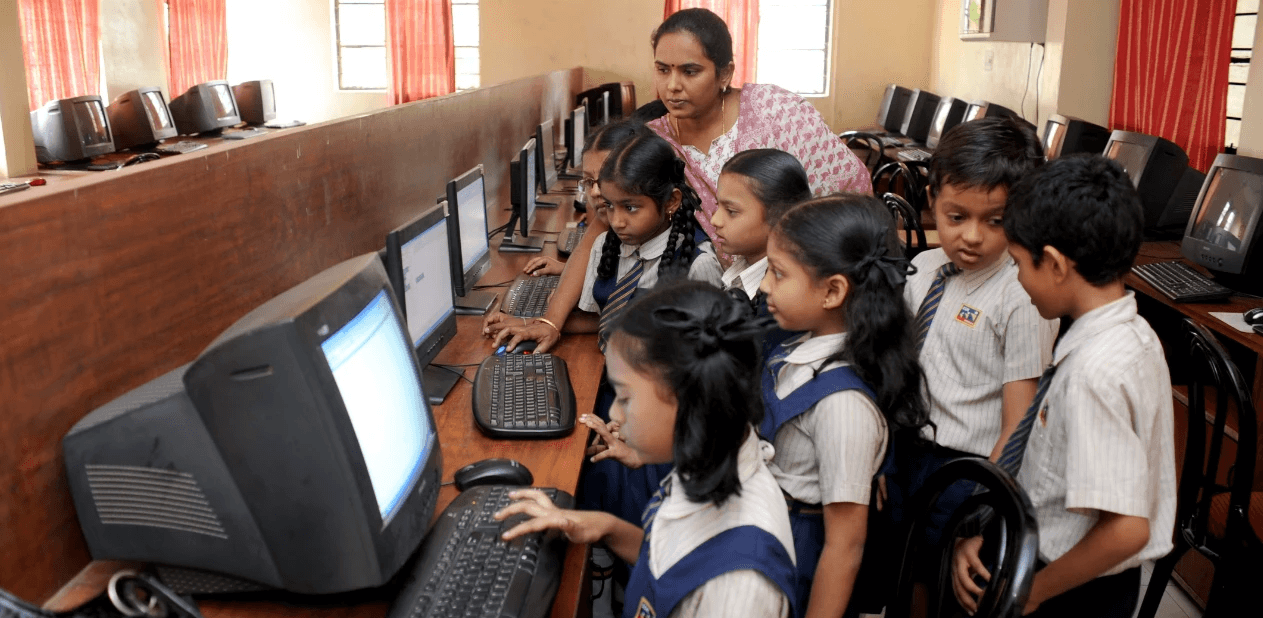


BACKGROUND
Tasked to improve the interactive learning experiences across all subjects.
I received a detailed spreadsheet containing user feedback and recorded data from previously conducted usability tests. This information served as the foundation for my initiatives aimed at enhancing the interactive learning experiences for Olabs. But something was not right.
BACKGROUND
Tasked to improve the interactive learning experiences across all subjects.
I received a detailed spreadsheet containing user feedback and recorded data from previously conducted usability tests. This information served as the foundation for my initiatives aimed at enhancing the interactive learning experiences for Olabs. But something was not right.
BACKGROUND
Tasked to improve the interactive learning experiences across all subjects.
I received a detailed spreadsheet containing user feedback and recorded data from previously conducted usability tests. This information served as the foundation for my initiatives aimed at enhancing the interactive learning experiences for Olabs. But something was not right.
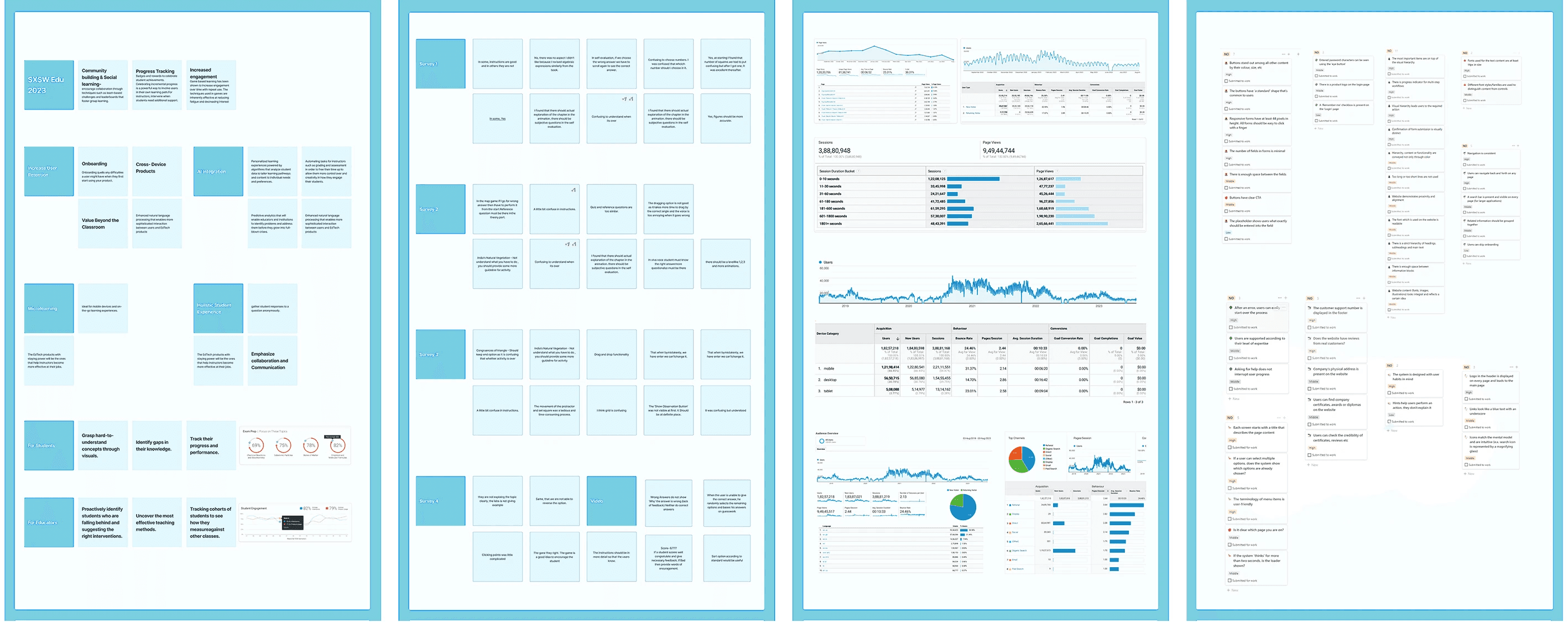


CHALLENGE 1
Despite positive feedback from students, they faced difficulties with various interactions when performing virtual lab experiements.
We received an unexpectedly positive response from students about their experience with virtual lab experiments, even though they had struggled with various interactions during the moderated usability test. Sensing unspoken apprehension, I believed that there was another side to the story that was missed out. I examined this issue and it quickly became clear.
CHALLENGE 1
Despite positive feedback from students, they faced difficulties with various interactions when performing virtual lab experiements.
We received an unexpectedly positive response from students about their experience with virtual lab experiments, even though they had struggled with various interactions during the moderated usability test. Sensing unspoken apprehension, I believed that there was another side to the story that was missed out. I examined this issue and it quickly became clear.
CHALLENGE 1
Despite positive feedback from students, they faced difficulties with various interactions when performing virtual lab experiements.
We received an unexpectedly positive response from students about their experience with virtual lab experiments, even though they had struggled with various interactions during the moderated usability test. Sensing unspoken apprehension, I believed that there was another side to the story that was missed out. I examined this issue and it quickly became clear.

TURNS OUT
Students' initial hesitancy to share information stemmed from their deep rooted discomfort and unfamiliarity with using technology, a sentiment inbuilt in their lived experiences and lack of exposure to technology in their everyday lives.
Recognizing the importance of addressing this underlying discomfort, I interacted with students from different grades.
Recognizing the importance of addressing this underlying discomfort, I interacted with students from different grades.
Recognizing the importance of addressing this underlying discomfort, I interacted with students from different grades.
SOLUTION
A major finding revealed student's reliance on textbooks as their primary source of knowledge. I leveraged the familiarity of textbooks as cues for a redesigned virtual lab experience.
Distinct meanings were associated with specific layouts, graphics, and methods of presenting information in textbooks, and these were carefully considered. The acquired insights from these interactions were instrumental in shaping the development of design principles and guidelines, serving as the foundation for all future interactive labs.
Distinct meanings were associated with specific layouts, graphics, and methods of presenting information in textbooks, and these were carefully considered. The acquired insights from these interactions were instrumental in shaping the development of design principles and guidelines, serving as the foundation for all future interactive labs.
Distinct meanings were associated with specific layouts, graphics, and methods of presenting information in textbooks, and these were carefully considered. The acquired insights from these interactions were instrumental in shaping the development of design principles and guidelines, serving as the foundation for all future interactive labs.

IMPACT
Implementing these principles and guidelines during the initial testing of the redesigned labs improved learnability by 20%, as the new interface was rooted in students' existing ways of comprehending information.
CHALLENGE 2
Students spent extended periods of time familiarizing themselves with the interface in each new Lab.
Despite slight variations among textbooks for each subject and grade, they predominantly adhered to a similar structure. In contrast, the design of lab interfaces exhibited inconsistencies not only between different subjects but also within subjects across different grades.
CHALLENGE 2
Students spent extended periods of time familiarizing themselves with the interface in each new Lab.
Despite slight variations among textbooks for each subject and grade, they predominantly adhered to a similar structure. In contrast, the design of lab interfaces exhibited inconsistencies not only between different subjects but also within subjects across different grades.
CHALLENGE 2
Students spent extended periods of time familiarizing themselves with the interface in each new Lab.
Despite slight variations among textbooks for each subject and grade, they predominantly adhered to a similar structure. In contrast, the design of lab interfaces exhibited inconsistencies not only between different subjects but also within subjects across different grades.
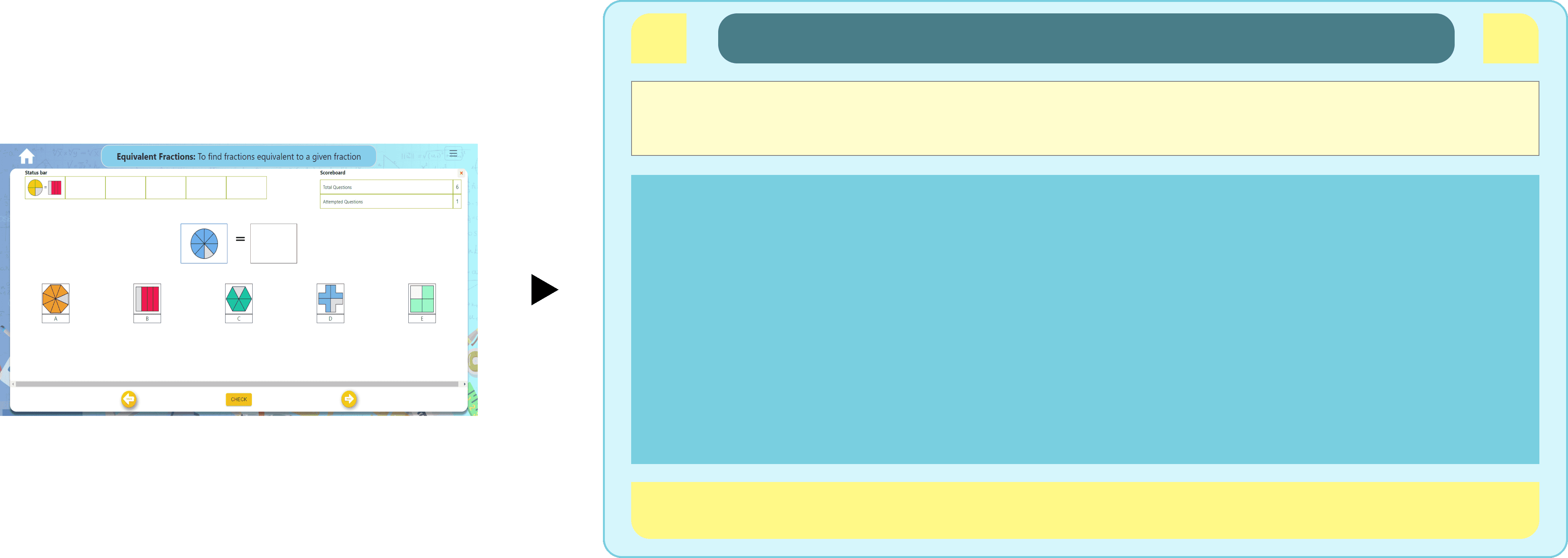


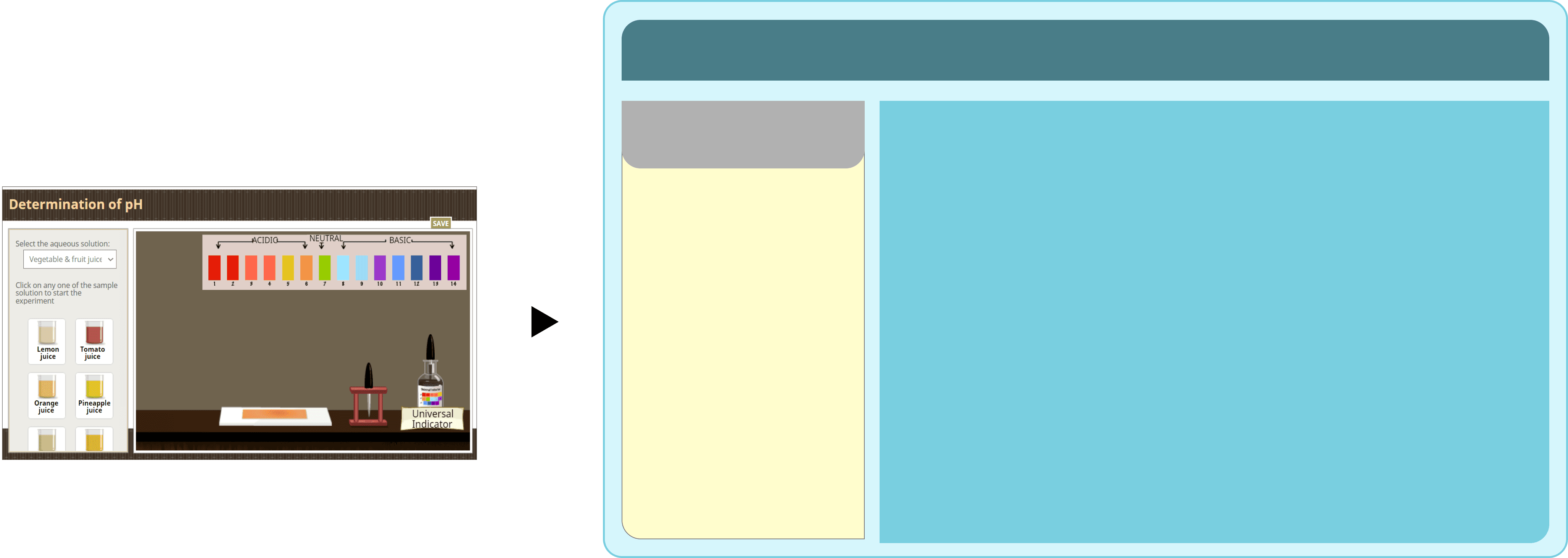


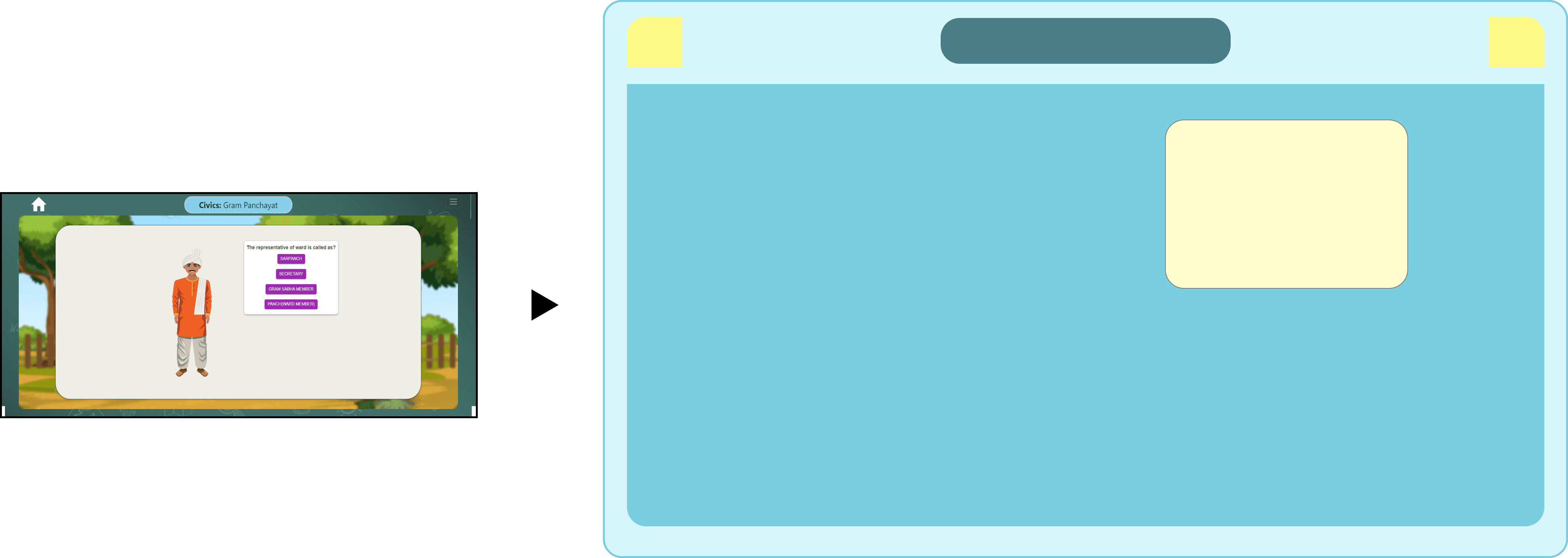


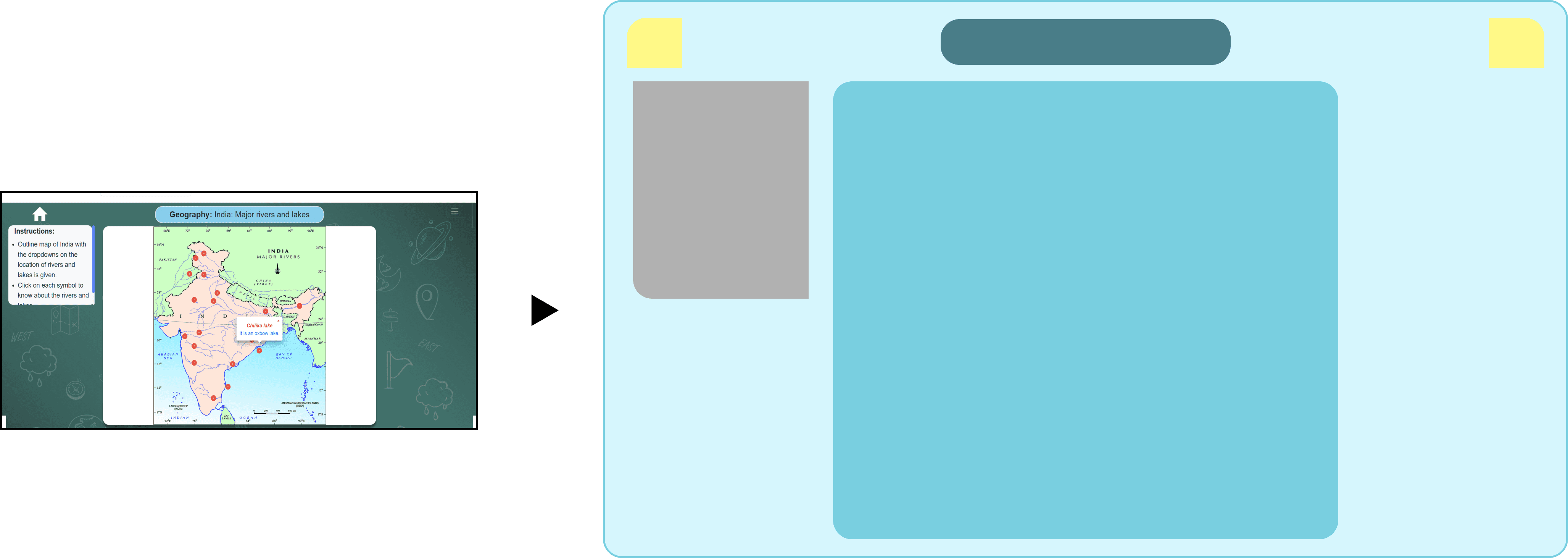


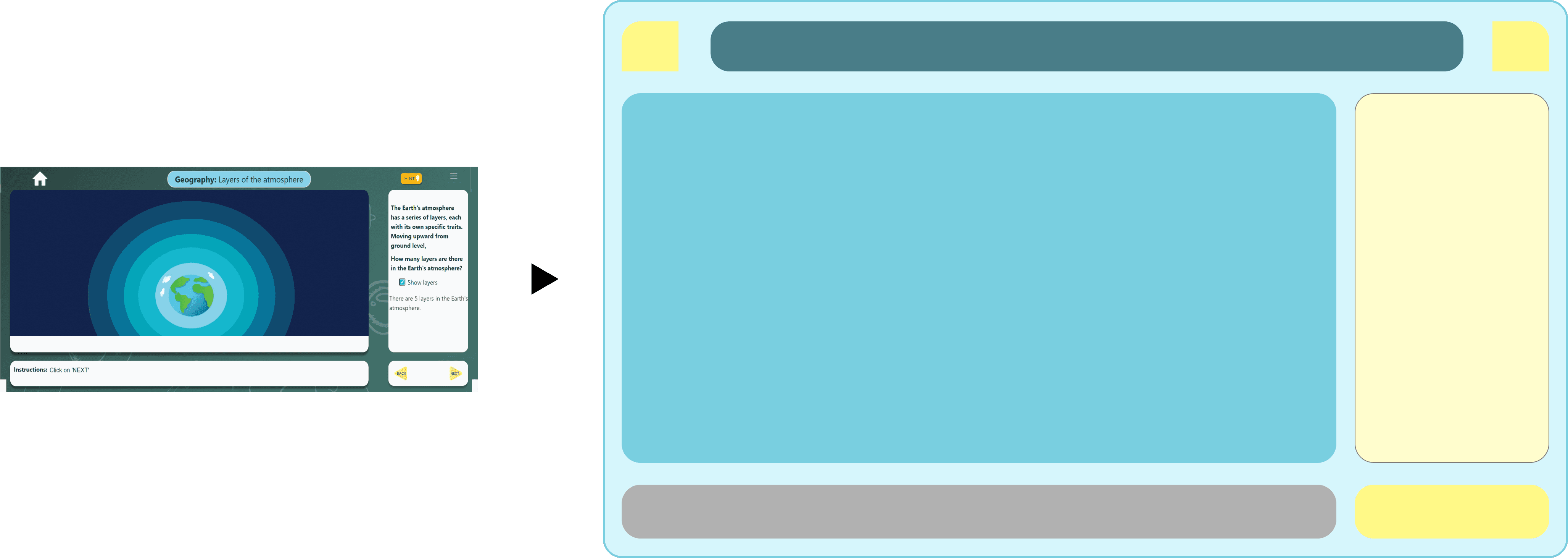


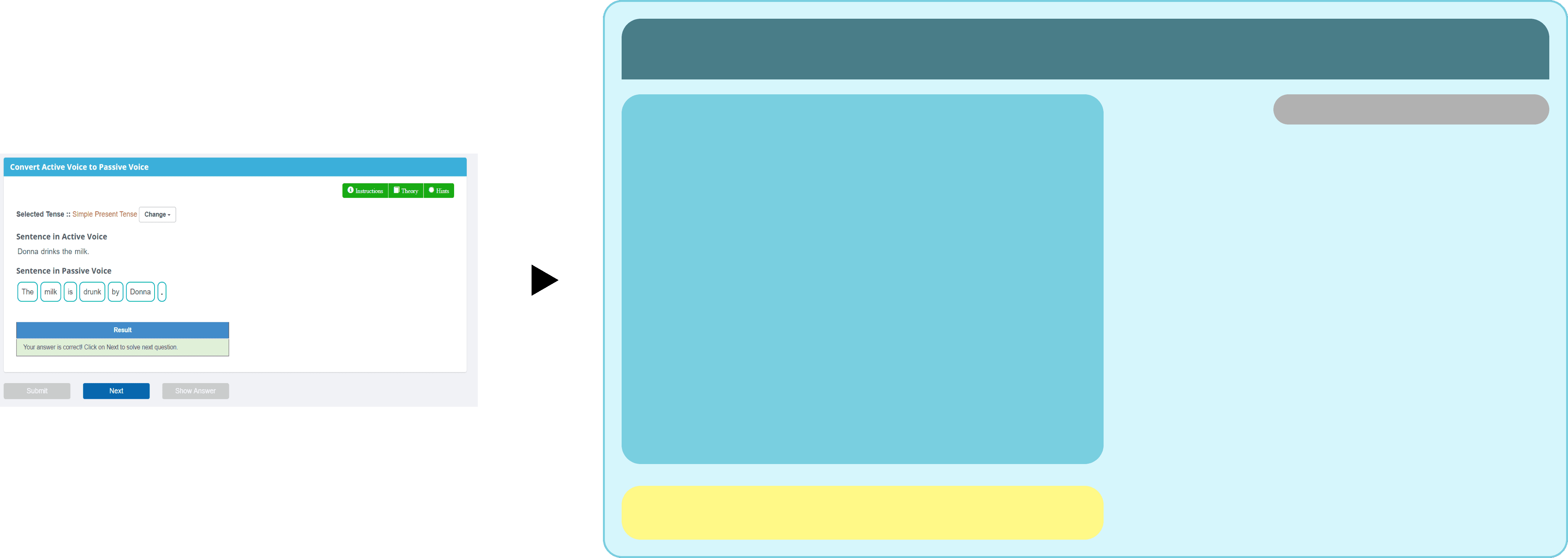


Instructions
Navigation
Title
Q&A
Main Content
Configuration of Lab Interfaces
IMAGE
SOLUTION
I was able to demonstrate how different configurations could be adopted within a single dynamic design template, thus establishing UX consistency.
SOLUTION
I was able to demonstrate how different configurations could be adopted within a single dynamic design template, thus establishing UX consistency.
SOLUTION
I was able to demonstrate how different configurations could be adopted within a single dynamic design template, thus establishing UX consistency.
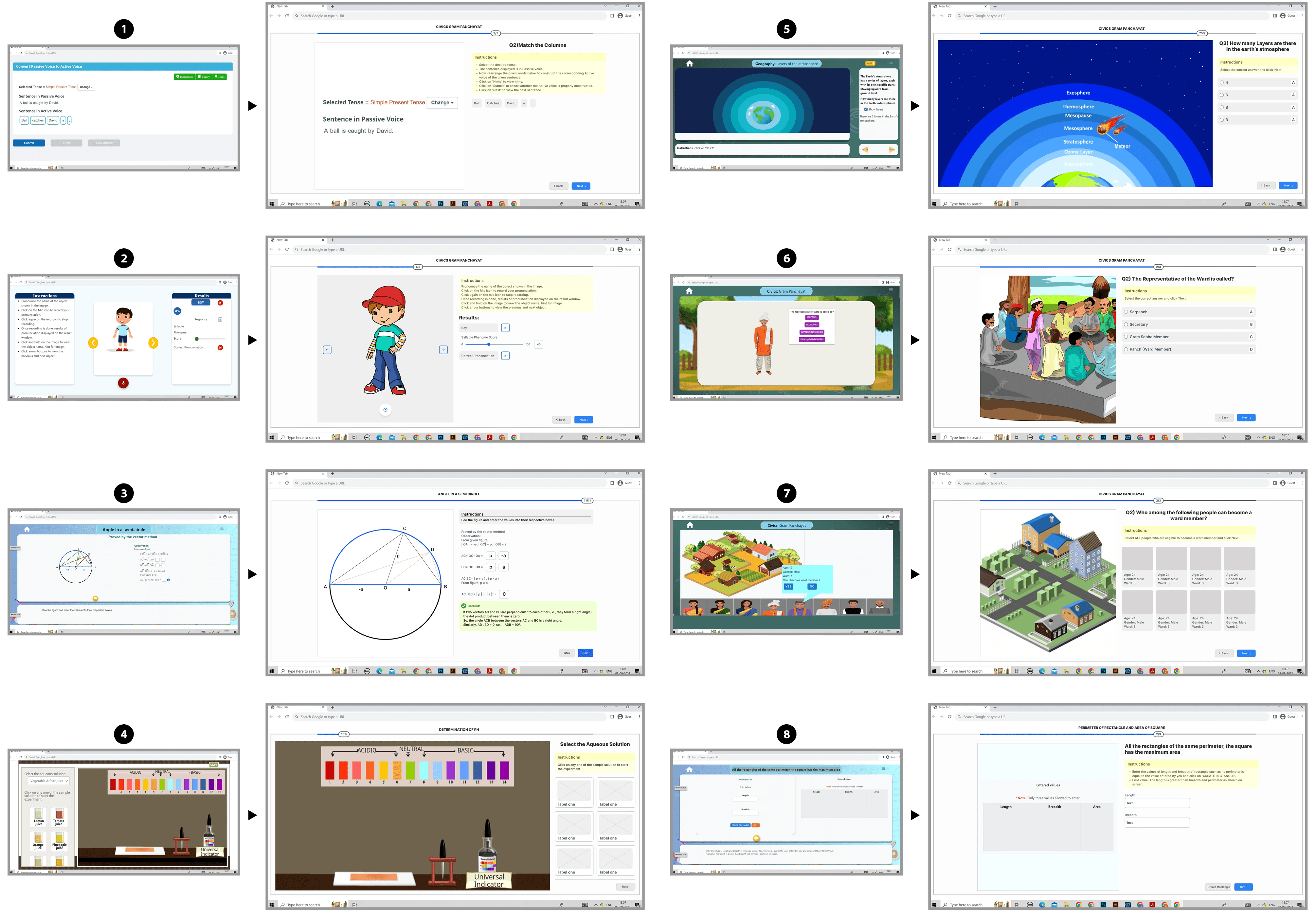


IMPACT
The easy to use format of the design template enabled engineers to rapidly design and ship new labs, resulting in a 50% reduction in the time spent on designing new lab interfaces.
CHALLENGE 3
Students, when unsure, often resorted to random answers based on guesswork to progress through the lab.
If they stumbled upon the correct answer by accident, the lack of understanding behind it led to a dearth of meaningful learning outcomes.
CHALLENGE 3
Students, when unsure, often resorted to random answers based on guesswork to progress through the lab.
If they stumbled upon the correct answer by accident, the lack of understanding behind it led to a dearth of meaningful learning outcomes.
CHALLENGE 3
Students, when unsure, often resorted to random answers based on guesswork to progress through the lab.
If they stumbled upon the correct answer by accident, the lack of understanding behind it led to a dearth of meaningful learning outcomes.
SOLUTION
I incorporated system responses that offered feedback to users inputs, providing additional contextual information irrespective of whether students answered a question correctly or incorrectly.
Additionally, I designed customized onboarding processes for labs and pictorial representations for specific instructions, ensuring the interface serves as a catalyst to grasp complex procedures.
SOLUTION
I incorporated system responses that offered feedback to users inputs, providing additional contextual information irrespective of whether students answered a question correctly or incorrectly.
Additionally, I designed customized onboarding processes for labs and pictorial representations for specific instructions, ensuring the interface serves as a catalyst to grasp complex procedures.
SOLUTION
I incorporated system responses that offered feedback to users inputs, providing additional contextual information irrespective of whether students answered a question correctly or incorrectly.
Additionally, I designed customized onboarding processes for labs and pictorial representations for specific instructions, ensuring the interface serves as a catalyst to grasp complex procedures.
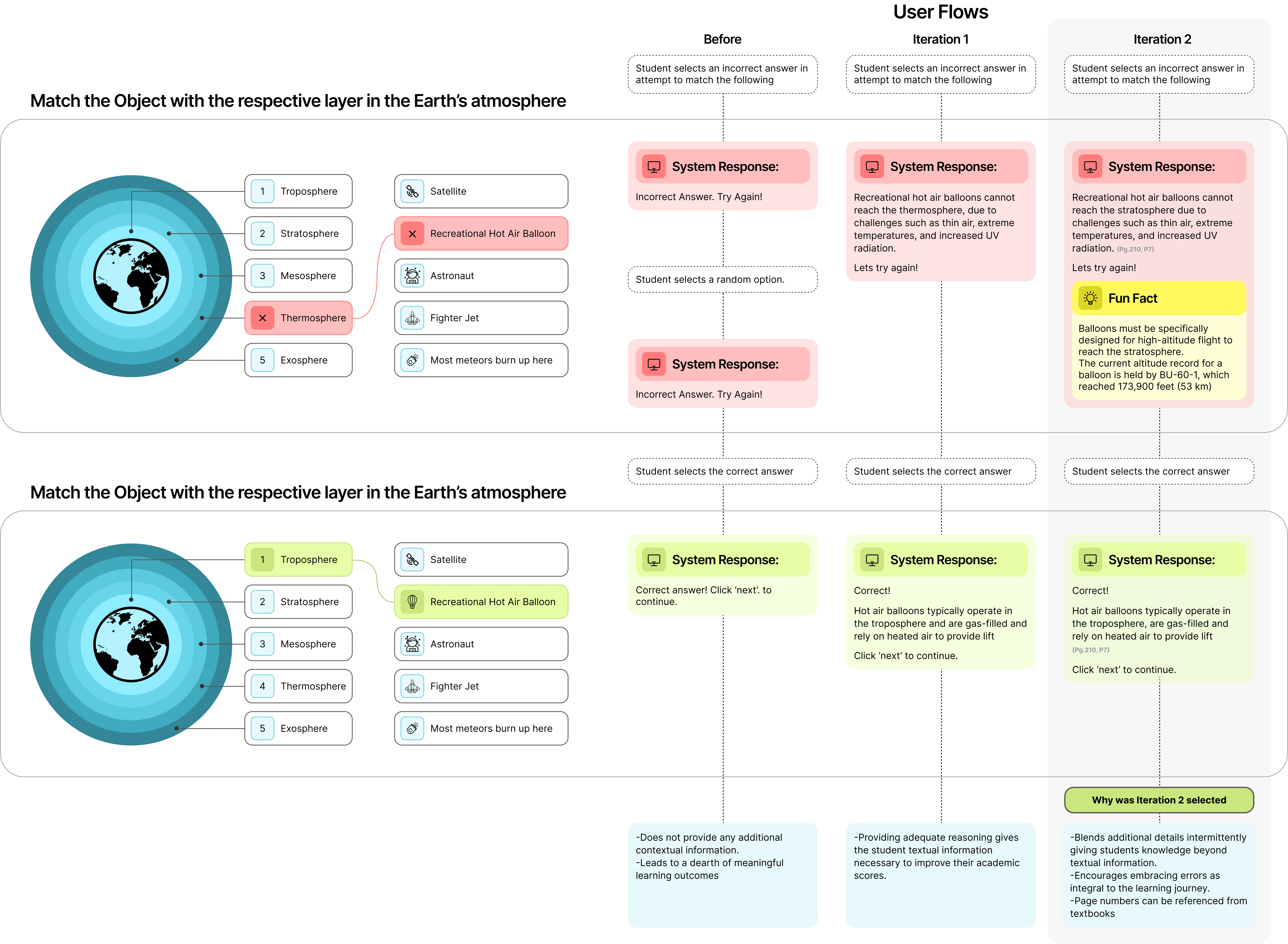


IMPACT
The aforementioned solution improved memory retention and minimized the likelihood of students repeating the same mistakes.
This was achieved through system responses that included relevant reasoning for incorrect answers and additional information to solidify knowledge when answers were correct.
IMPACT
The aforementioned solution improved memory retention and minimized the likelihood of students repeating the same mistakes.
This was achieved through system responses that included relevant reasoning for incorrect answers and additional information to solidify knowledge when answers were correct.
IMPACT
The aforementioned solution improved memory retention and minimized the likelihood of students repeating the same mistakes.
This was achieved through system responses that included relevant reasoning for incorrect answers and additional information to solidify knowledge when answers were correct.
Students expressed satisfaction that they could now identify areas for improvement independently, and address them accordingly, rather than solely relying on mentor critiques.
This shift from exclusive reliance on mentor feedback to self-driven progress gives students the agency to independently affect meaningful change in their work.
Students expressed satisfaction that they could now identify areas for improvement independently, and address them accordingly, rather than solely relying on mentor critiques.
This shift from exclusive reliance on mentor feedback to self-driven progress gives students the agency to independently affect meaningful change in their work.
Students expressed satisfaction that they could now identify areas for improvement independently, and address them accordingly, rather than solely relying on mentor critiques.
This shift from exclusive reliance on mentor feedback to self-driven progress gives students the agency to independently affect meaningful change in their work.
Looking to chat?
Get in touch with me on keenan11@uw.edu